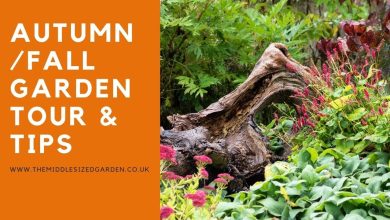How to plant komatsuna


Brassica rapa var. perviridis
Komatsuna is an oriental vegetable that can be eaten either raw in salads, sautéed or cooked, or added to soups and pasta. The entire leaf can be eaten, including petioles (stems), which are quite succulent.
The komatsuna is a plant of the same species as the turnip and other oriental vegetables such as Chinese cabbage and pak choi. Vigorous and fast-growing plant, when well developed, it may have leaves that exceed 30 cm in length, reaching about 18 cm at the widest leaf line.

Climate
The komatsuna prefers a mild climate, although it can withstand very low temperatures. It generally does not grow well when the climate is very hot, but there are cultivars that can withstand high temperatures without major problems, as long as the plants do not lack water.
Brightness
It can be grown in direct sunlight or in partial shade with good light.

Ground
Cultivate in well-drained, fertile soil and rich in organic matter. The ideal pH of the soil is in the range of 6 to 6.5.
Irrigation
Irrigate to keep the soil moist, but not soaked. This vegetable is very sensitive to the lack of water.

Planting
The seeds can be sown in the final location of the garden or in sowing, small pots or other containers, with the seedlings being transplanted when they have 4 to 6 true leaves. The seeds can be sown approximately 1 cm deep. Germination is generally fast, usually occurring in 4 to 10 days.
The recommended spacing can be 15 to 20 cm between the plants. To harvest whole young plants, about 10 cm high, the spacing can be 5 cm between the plants. Komatsuna can also be easily grown in pots and planters.

Cultivation
Remove invasive plants that are competing for resources and nutrients.

Harvest
The komatsuna can be harvested at any time, but the ideal is that the plants reach at least 10 cm in height before harvest, which usually occurs between 30 and 60 days after planting.
Harvesting can be done by pulling out the entire plant or cutting the plant at a height of approximately 2 or 3 cm from the ground, which allows the plant to sprout and a new harvest to be carried out (it is usually possible to make three harvests). For own consumption, the leaves can be harvested when necessary, cutting the petiole (the leaf stalk) near the base of the plant. In this case it is possible to harvest leaves for several months.


![Photo of Carmona Bonsai Care: [Earth, Humidity and Pruning]](https://www.complete-gardening.com/wp-content/uploads/2022/08/carmona-bonsai-care-earth-humidity-and-pruning-390x220.jpg)
![Photo of Camellia Care: [Soil, Humidity, Pruning and Problems]](https://www.complete-gardening.com/wp-content/uploads/2022/08/camellia-care-soil-humidity-pruning-and-problems-390x220.jpg)
![Photo of How to germinate Palm Tree Seeds: [Time, Steps and Planting]](https://www.complete-gardening.com/wp-content/uploads/2022/08/how-to-germinate-palm-tree-seeds-time-steps-and-planting-390x220.jpg)